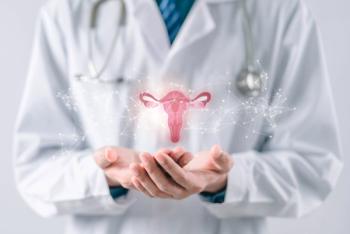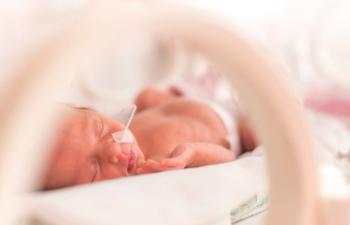
American Society of Reproductive Medicine meeting: Plastics chemical, bisphenol A, may raise risk of implantation failure
Increasing urinary concentrations of bisphenol A, a substance used in production of many polymers, correlate with increasing risks of implantation failure, one expert indicates.
Increasing urinary concentrations of bisphenol A, a substance used in the production of many polymers, correlate with increasing risks of implantation failure, said Shelley R. Erhlich, MD, MSc, MPH.
Bisphenol A is found in polycarbonate plastic baby bottles and water bottles, epoxy resin lining of food and beverage cans, and some dental sealants and composites. It binds to estrogen receptor subtypes alpha and beta. It can also increase the expression of progesterone receptor proteins in the hypothalamus, thereby altering the receptivity of the uterus. "It's reported to leach out into the food, so the main route of exposure is through dietary ingestion," Erhlich said.
She and colleagues measured urinary bisphenol A concentrations during controlled ovarian hyperstimulation (once at the beginning of the cycle and once on the day of egg retrieval) in 79 women who were seeking evaluation for fertility treatment. The average age of the women was 35.6 years. Female factor was the primary diagnosis type (34%).
"As urinary levels of bisphenol A increased, there was a trend toward an increase of embryo implantation failure in women," said Ehrlich, who is a research fellow at the Harvard School of Public Health, Boston.
Implantation failure occurred in 45% of cycles in women with bisphenol A levels in the highest tertile compared with 37% of cycles in women with levels in the lowest tertile. A similar trend toward higher implantation failure with higher urinary bisphenol A levels was observed when adjusting for age and day of embryo transfer.
More urine samples are being incorporated into the analysis to determine the strength of the association, said Ehrlich.
Newsletter
Get the latest clinical updates, case studies, and expert commentary in obstetric and gynecologic care. Sign up now to stay informed.










